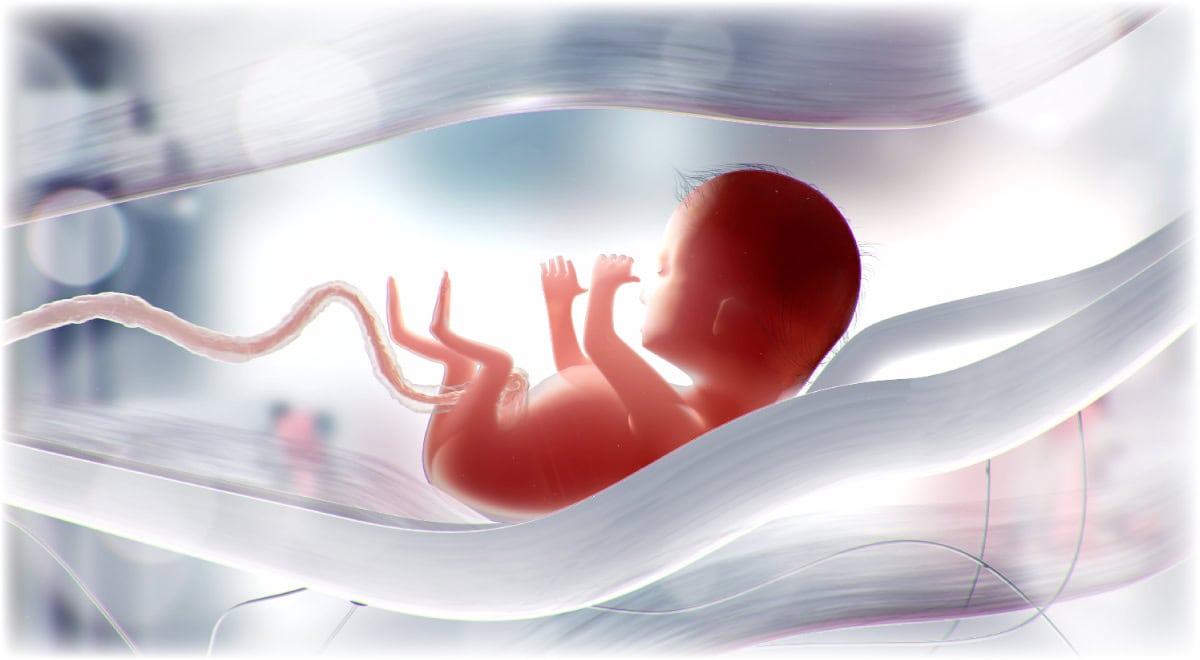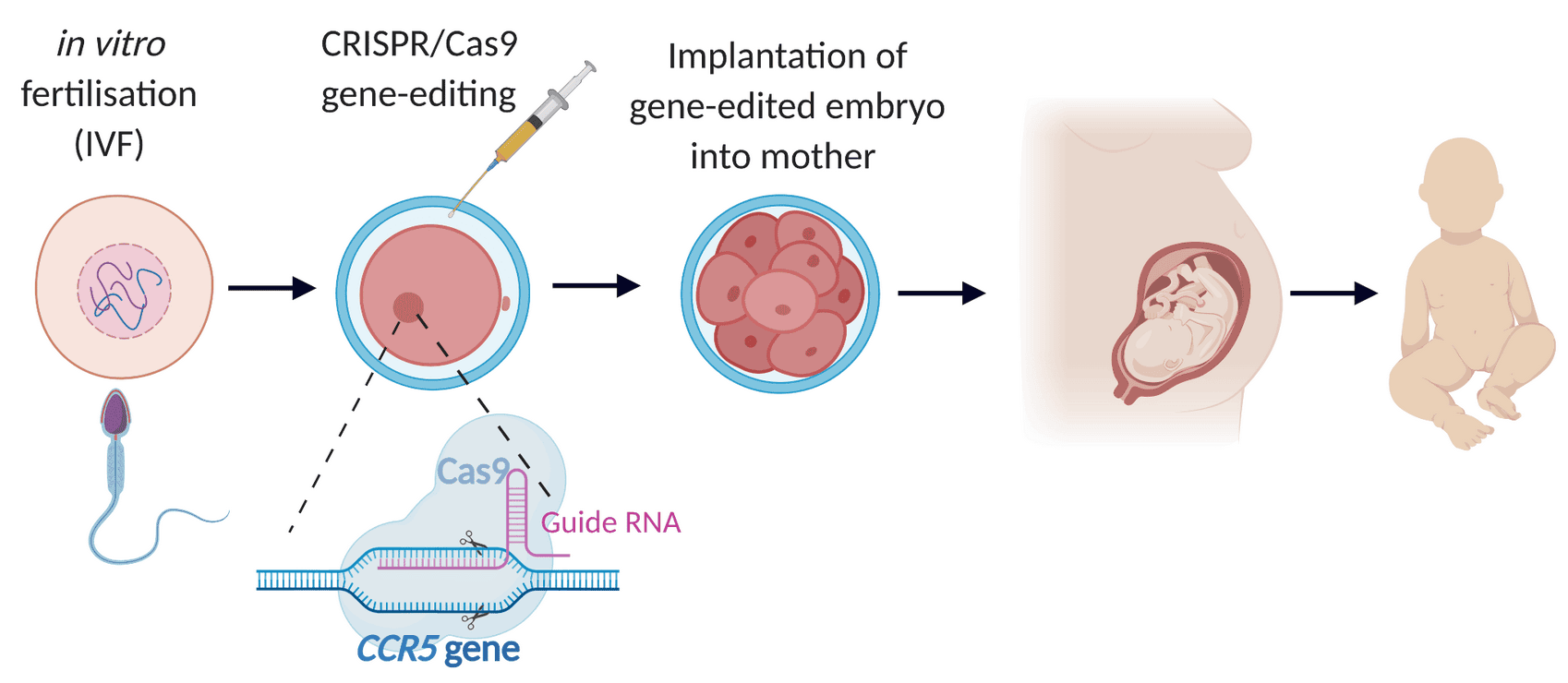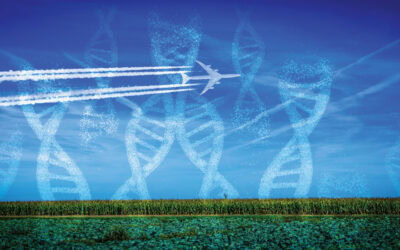CRISPR is one of the latest genetic tools that allows scientists to make changes to DNA, the molecule that carries the instructions for how living things grow and function. The name CRISPR stands for “Clustered Regularly Interspaced Short Palindromic Repeats,” which refers to a system found in some bacteria. Scientists have adapted this system, along with a special protein called Cas9, to cut and edit DNA at desired spots. Researchers state that this tool has revolutionized science, making it easier to study genes, fix genetic problems, and explore new treatments for diseases. They are described as having a pair of molecular scissors that can rewrite the code of life. Introduced in 2012, it quickly became a preferred option over older methods, like TALENs and zinc-finger nucleases, which were more costly and time-consuming. Since then, CRISPR has been adopted worldwide, revolutionizing how scientists edit genes and study DNA.

Here’s a simplified explanation of how CRISPR technology works:
- Find the Target DNA: Scientists identify the specific DNA sequence they want to edit, like finding a typo in a book.
- Guide the Tool: They create a “guide RNA” to lead the CRISPR system to the exact spot in the DNA.
- Cut the DNA: The Cas9 protein, acting like molecular scissors, cuts the DNA at the target location.
- Repair or Edit: The cell tries to repair the cut. Scientists can either let the cell fix it naturally or insert new DNA to make specific changes.
This technology has been widely used in fields of medicine, agriculture, research, and biotechnology. Below is a brief description of the adoption of this latest advance in genetic engineering according to CRISPR supporters:
Medicine:
- Developing gene therapies to treat genetic disorders (i.e., sickle cell anemia and cystic fibrosis).
- Researching cutting-edge cancer treatments by modifying immune cells to target cancer.
- Exploring treatments for viral infections, (i.e., HIV and COVID-19).
Agriculture:
- Studying crop resistance to pests, diseases, and environmental stress.
- Researching enhanced nutritional content and shelf life of fruits and vegetables.
- Creating disease-resistant livestock.
Scientific Research:
- Studying how genes work and understanding diseases at a deeper level.
- Creating animal models to mimic human diseases for research.
Biotechnology:
- Engineering microbes to produce biofuels, pharmaceuticals, and industrial chemicals.
- Developing new diagnostic tools for detecting diseases more accurately.
Conservation and Ecology:
- Theoretically protecting endangered species by editing genes for disease resistance.
- Attempting to control invasive species or pests through gene drives.
According to the research, GMOs 2.0 herald in an incredible breakthrough in modern society. Is that true?
From the reporting by scientists and the biotechnology industry, it would appear that CRISPR is scientific nirvana and its genetic precision allows for the reported breakthroughs. However, CRISPR also comes with potential risks and ethical concerns. One major danger is off-target effects, where CRISPR accidentally edits the wrong part of the DNA, which could lead to unintended changes and potential harmful outcomes.
There’s also the risk of gene disruption, where altering one gene could have unpredictable effects on other genes or biological systems.
CRISPR is not precise. Similar DNA sequences elsewhere in the genome can confuse the tool, leading it to cut or edit in the wrong places. Even when CRISPR cuts the right spot, the DNA repair process by the cell can introduce mistakes or cause unintended changes.
In the most ominous situation as in the case of editing human embryos, changes could be passed down to future generations, raising concerns about unforeseen consequences for entire populations. Moreover, CRISPR could be misused, such as creating harmful organisms or “designer babies,” leading to ethical debates about the limits of genetic modification. Precision has been called into question leading to genetic ‘mistakes’.
Is creating the “perfect baby” possible with CRISPR technology?
Yes. Creating human babies with CRISPR involves editing the DNA of embryos at a very early stage to introduce specific changes. Here’s how it works in simple terms:
- Creating or Obtaining Embryos: Scientists start with embryos created through in vitro fertilization (IVF), where eggs are fertilized by sperm outside the body.
- Targeting the DNA: Using CRISPR, they identify the specific part of the embryo’s DNA they want to change, such as a gene linked to a genetic disease.
- Editing the Gene: A guide molecule directs the CRISPR-Cas9 tool to the exact location in the DNA. The Cas9 protein then cuts the DNA, allowing scientists to remove, repair, or replace the targeted gene.
Allowing the Embryo to Develop: After the DNA is edited, the embryo is monitored to ensure it develops normally. If deemed safe, it could then be implanted into a person’s uterus to grow into a baby.

Credit: Ferguson, K. In the Spotlight: The First Gene-Edited Babies; EuroStemCell; April 2020
In summary, changes made to the embryo’s DNA are permanent and can be passed down to future generations. There are ethical concerns, including the risks of unforeseen side effects, as well as the moral implications of editing human life creating “designer babies”. This is not what was intended by nature.
These challenges highlight the need for responsible use and thorough research before widespread adoption. The FDA, USDA, EPA, and NIH are responsible for the oversight depending on the specific field of application of the technology. Can we trust those agencies to do their job? As CRISPR technology advances rapidly, there is ongoing debate about whether current regulations and regulatory bodies are sufficient to address its unique challenges and potential risks.
For $159 on Amazon®, anyone can purchase crop-altering lab kits. (1) Where is the oversight on the unregulated consumer market? Will a high school student be able to design babies in their home garage? Unlikely, however, it is clearly demonstrated that there is a lack of oversight and the need for highly controlled regulation.
References:
- https://www.amazon.com/Edvotek-210-Maize-ing-Editing-Experiment/dp/B0C831S5NM/ref=sr_1_3
- Greely, HT. CRISPR’d babies: human gremlin genome editing in the ‘He Jiankui affair’; Journal of Law and the Biosciences: 2019 Aug 13;6(1):111– doi: 10.1093/jlb/lsz010
- Marx, V. The CRISPR children; Nature Biotechnology; volume 39, pages 1486–90 (2021)
- Ferguson, K. In the Spotlight: The First Gene-Edited Babies; EuroStemCell; April 2020 (https://www.eurostemcell.org/spotlight-first-gene-edited-babies)



